Optimal Timing for Caulking Projects
Caulking is a critical maintenance task that helps prevent water intrusion, air leaks, and structural damage. Proper timing ensures optimal adhesion, longevity, and effectiveness of the sealant. The right season and conditions can significantly impact the performance of caulking projects.
Caulking should be performed during dry, mild weather with temperatures typically between 40°F and 85°F. Avoiding extreme cold or heat prevents issues like cracking or poor adhesion.
Spring and early fall are ideal for caulking, as temperatures are moderate and humidity levels are manageable. This reduces the risk of sealant failure due to rapid drying or curing issues.
Rain, frost, or snow can compromise the curing process and adhesion. It is best to schedule caulking when the forecast predicts clear, dry days.
Ensure surfaces are clean, dry, and free of old caulk before application. Proper preparation enhances adhesion and durability.
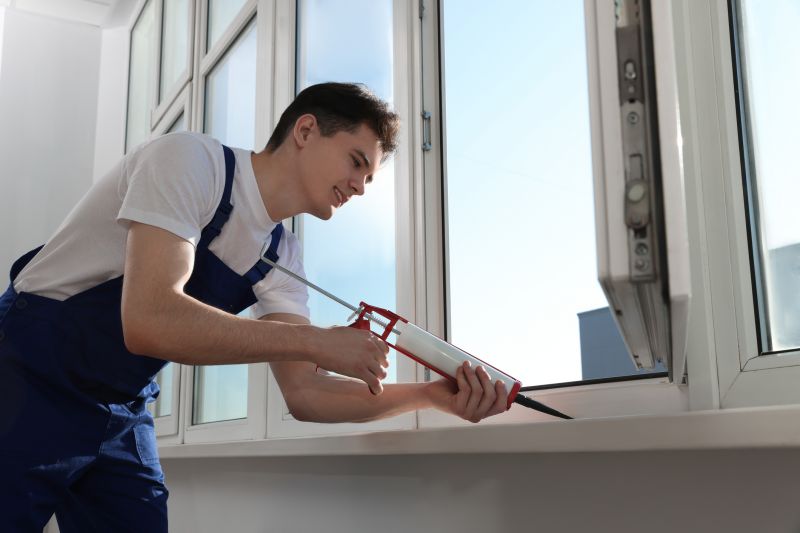
Spring offers ideal conditions for caulking projects, with moderate temperatures and low humidity.
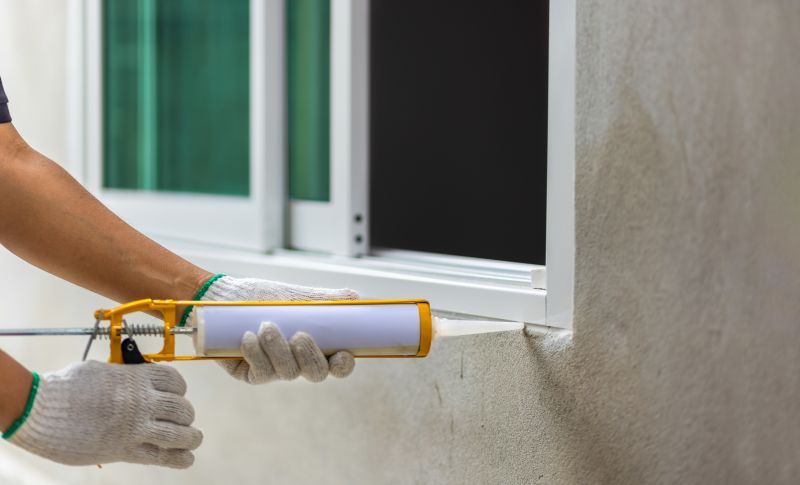
Early fall provides suitable weather for sealing gaps before winter, reducing the risk of water damage.

Winter is generally unsuitable due to freezing temperatures and high moisture levels affecting sealant curing.

Ways to make Caulkings work in tight or awkward layouts.
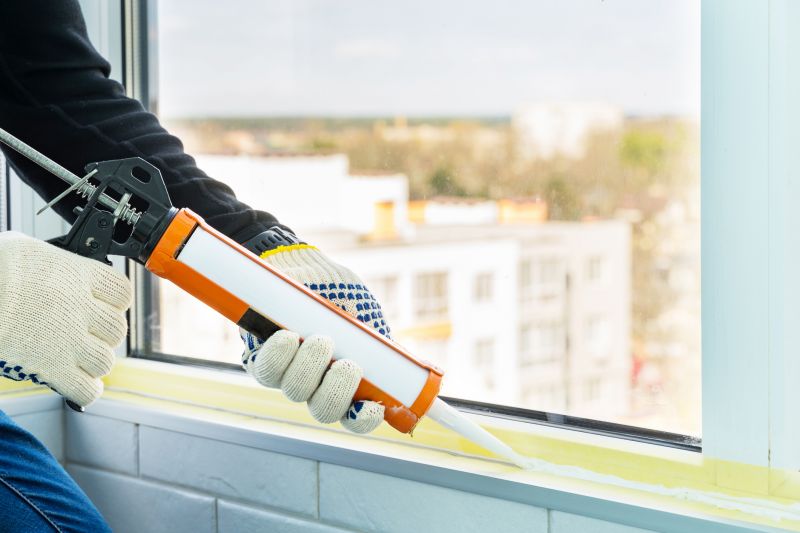
Popular materials for Caulkings and why they hold up over time.
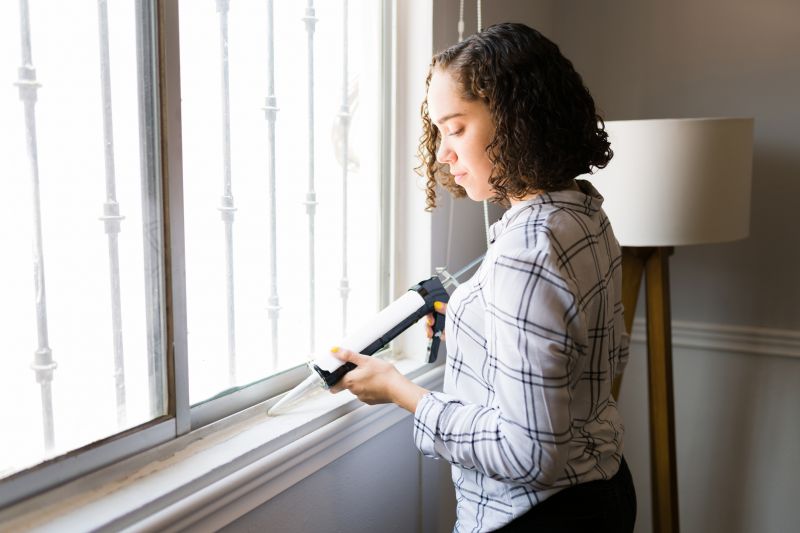
Simple add-ons that improve Caulkings without blowing the budget.
| Season | Ideal Conditions |
|---|---|
| Spring | Moderate temperatures, low humidity, dry weather |
| Early Fall | Mild weather, low precipitation, stable temperatures |
| Summer | Possible, if temperatures are not excessively high and humidity is low |
| Winter | Generally unsuitable due to freezing temperatures and moisture |
Caulking enhances the energy efficiency of buildings by sealing gaps and cracks. Proper timing and application conditions contribute to the longevity and effectiveness of the sealant. Regular maintenance ensures that structures remain protected against moisture intrusion and air leaks, which can lead to increased energy costs and structural issues.
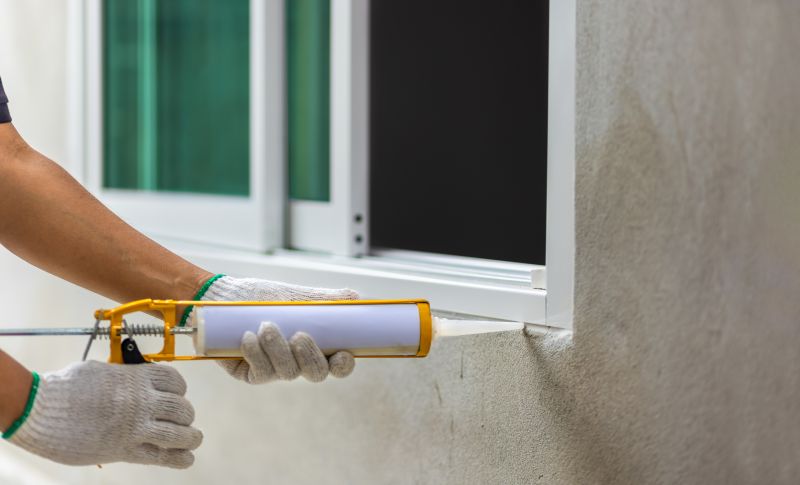
Applying caulk with a smooth, even bead ensures better adhesion and a cleaner finish.
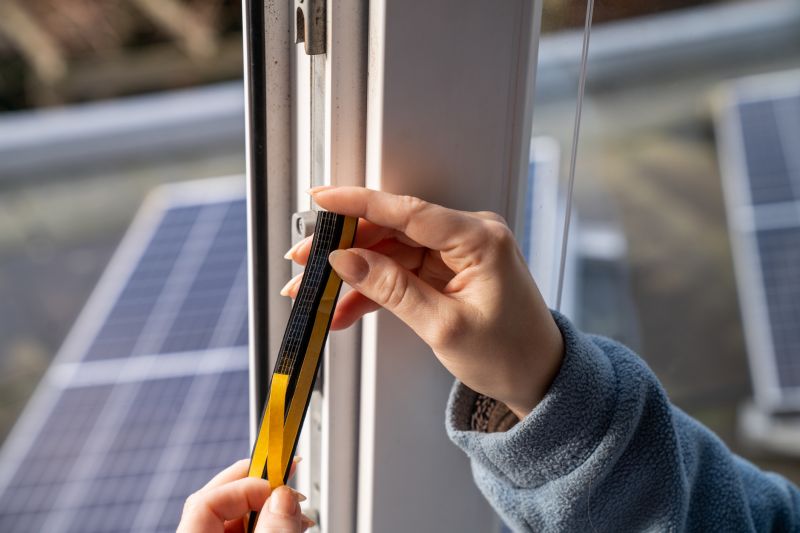
Properly caulked window frames prevent drafts and water leaks.
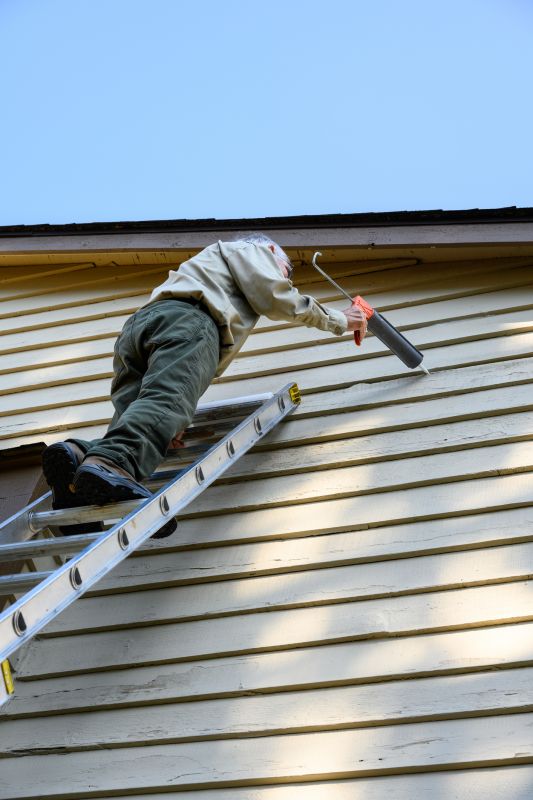
Sealing exterior joints to protect against weather elements.

Sealing gaps around doors and windows indoors to improve insulation.

High-end options that actually feel worth it for Caulkings.

Finishes and colors that play nicely with Caulkings.

Little measurements that prevent headaches on Caulkings day.
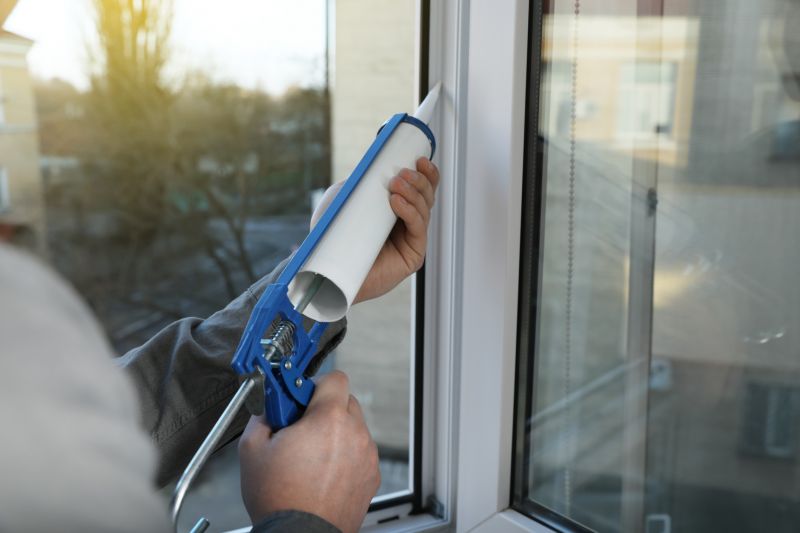
A 60-second routine that keeps Caulkings looking new.
For those interested in caulking services or advice on scheduling, filling out the contact form provides an opportunity to connect with professionals who can assist in planning and executing effective sealing projects.
